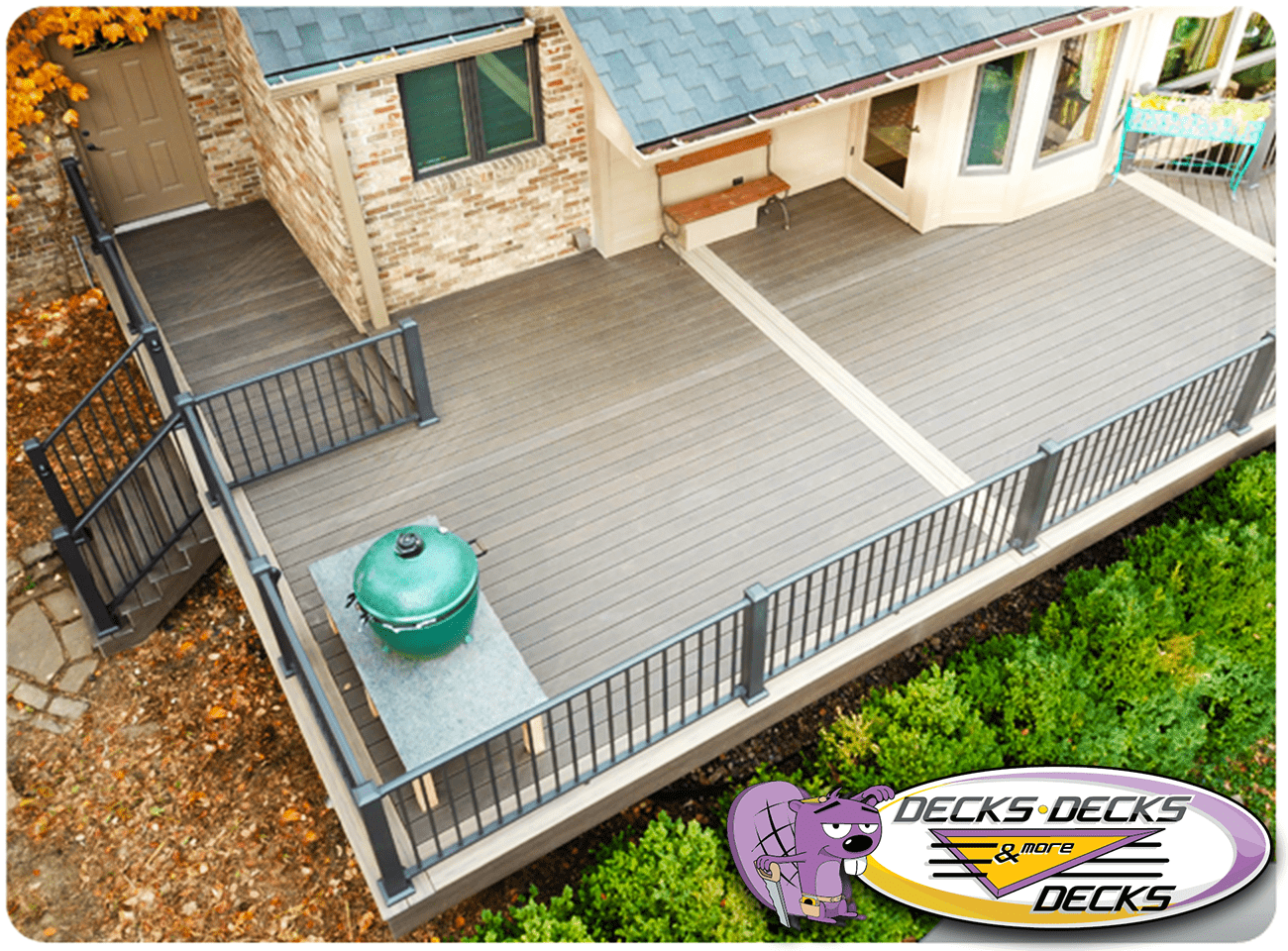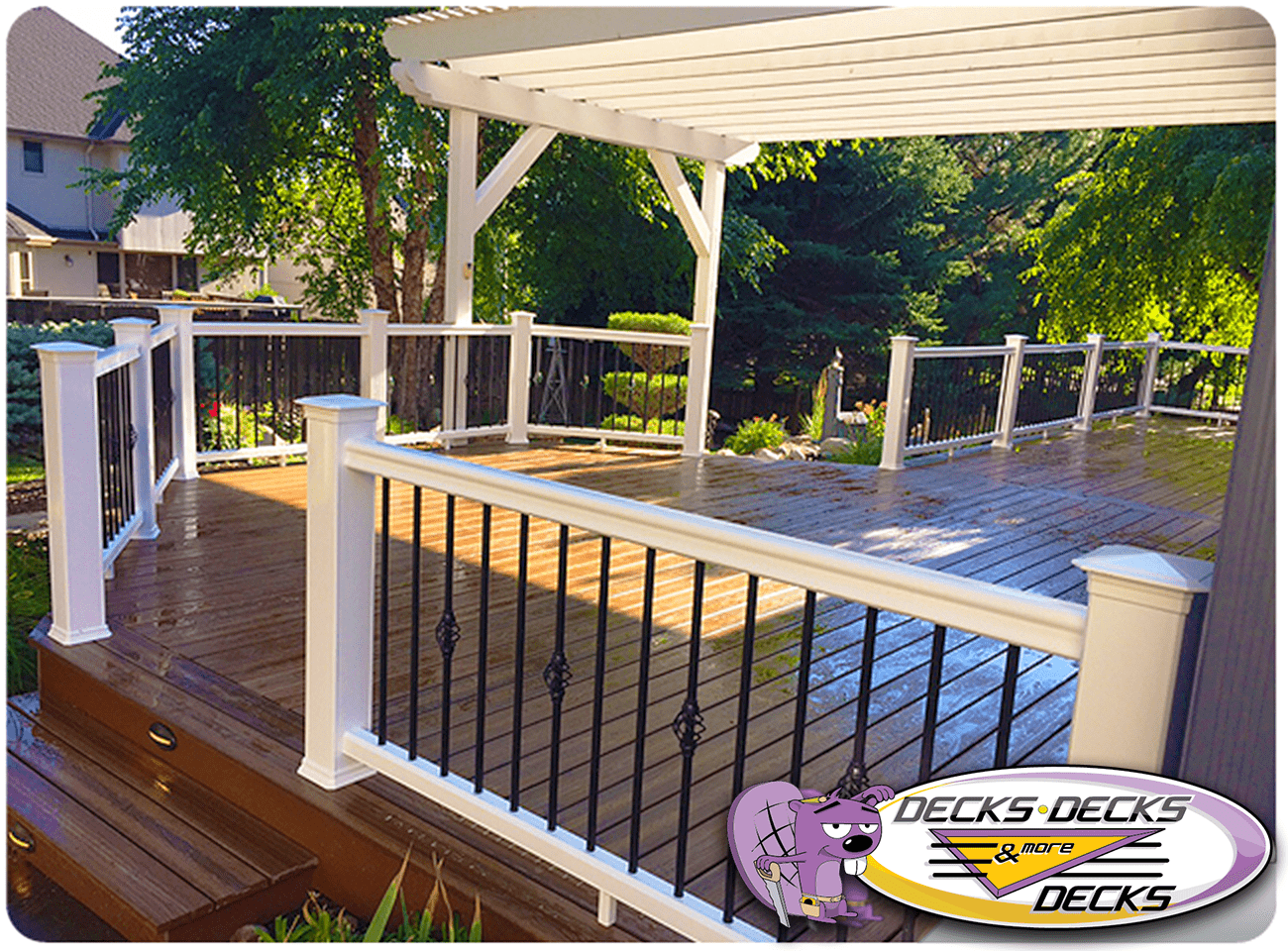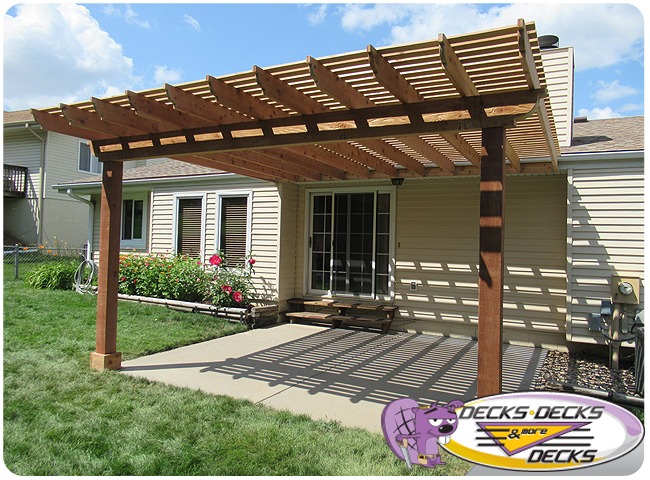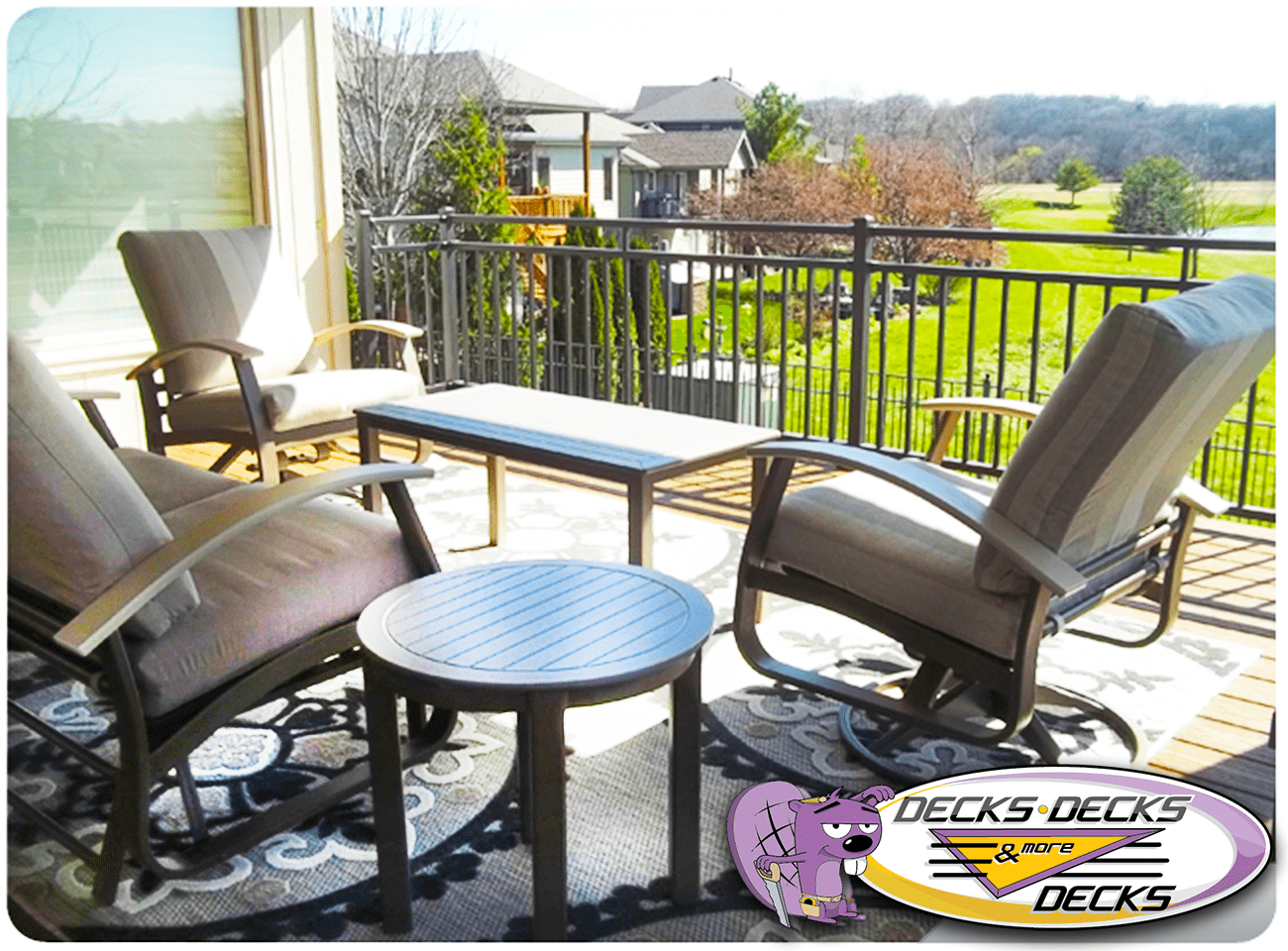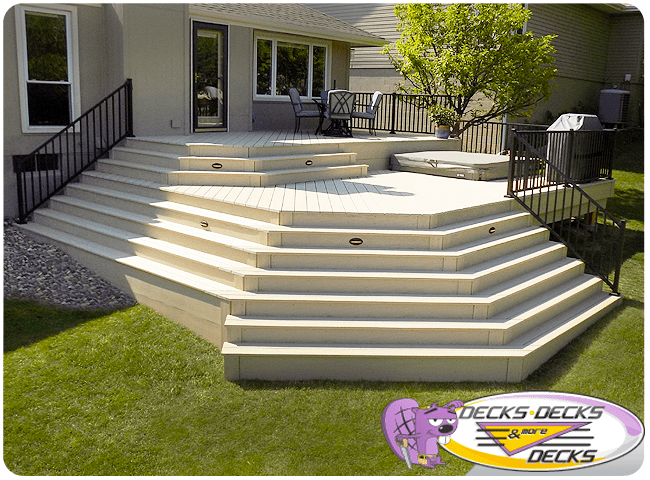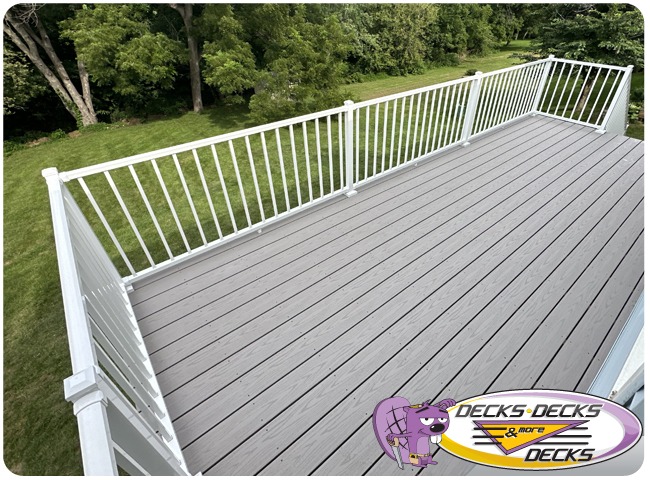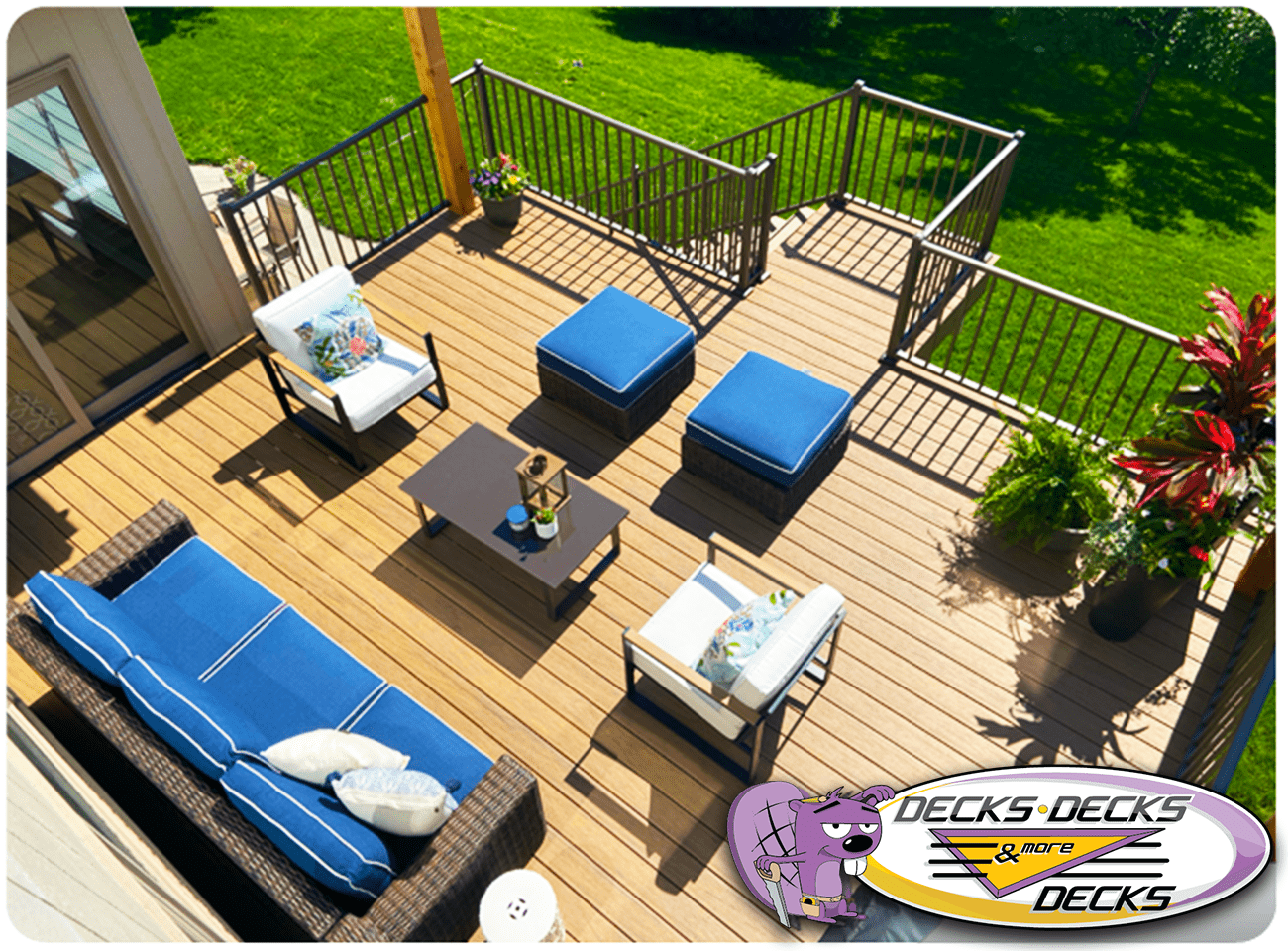The Benefits of Gable Roofs: Design, Durability, and Functionality
Gable roofs are a popular choice for homes and outdoor structures alike, known for their classic triangular shape and practical benefits. From increased drainage capabilities to enhanced wind and snow resistance, a gable-style roof offers several advantages, making it ideal for various applications, including patio covers. Here’s a closer look at what makes gable roofs a top choice and how they perform in different conditions.
1. What is a Gable Roof?
A gable roof features a distinctive pitched shape, with two sloping sides that meet at a central ridge, forming a triangular outline. This design is not only visually appealing but also highly functional, allowing for efficient drainage and optimal airflow. Gable-style roofs are commonly seen in residential architecture, but they are also popular for outdoor structures, like patio covers, due to their adaptability and durability.
2. Gable Roof Advantages
There are several advantages to choosing a gable roof for your home or patio cover:
- Increased Ventilation: The steep pitch allows for better ventilation in the attic or under the roof, helping to keep spaces cooler.
- Efficient Water Drainage: The sloped design promotes water runoff, reducing the risk of leaks and water damage.
- Classic Aesthetic Appeal: Gable roofs have a timeless appearance that complements various architectural styles, adding to the curb appeal of any structure.
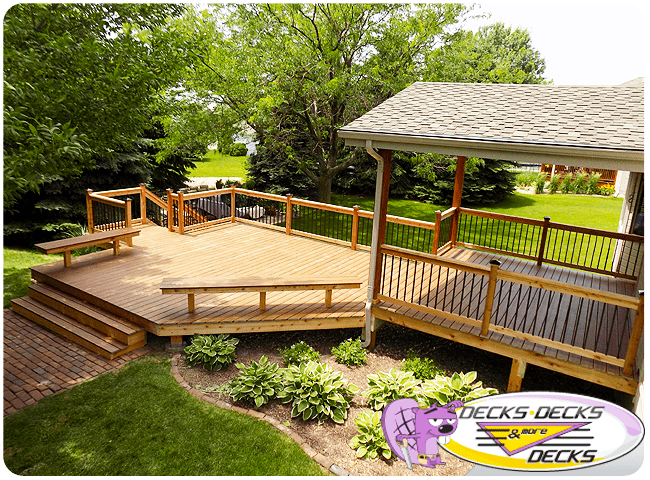
3. Gable Roof Architecture
Gable roof architecture is versatile and can complement a range of home styles, from traditional to modern. The symmetrical design of a gable roof adds a sense of balance and harmony to a structure, enhancing its visual appeal. Many homeowners choose a gable roof for its ability to integrate seamlessly with other architectural elements, such as dormers, large windows, and wrap-around porches.
4. Gable Roof Drainage
One of the primary benefits of a gable roof is its effective drainage system. Thanks to its steep pitch, water and snow can easily slide off, preventing buildup that could lead to leaks. This makes a gable roof ideal for rainy climates, as the design helps keep the roof dry and free from excess moisture.
5. Gable Roof Patio Cover
A gable roof patio cover offers a stylish and functional way to enjoy your outdoor space while staying protected from the elements. The sloped design provides shade and shelter from rain, and the added height enhances airflow, creating a comfortable outdoor environment. Gable-style roofs also make a patio cover feel more spacious and open, making it an excellent choice for outdoor living.
6. Gable Roof Snow and Wind Resistance
In areas prone to snow and wind, a gable roof is an excellent option. The sloped structure helps snow slide off, reducing the weight on the roof and minimizing the risk of damage. Additionally, a gable roof’s steep angle offers some resistance to strong winds by redirecting airflow. However, it’s essential to consider wind direction when installing a gable roof, as its structure can be vulnerable to high winds if not properly reinforced.
7. Choosing a Gable-Style Roof for Your Home or Patio
Choosing a gable-style roof comes down to balancing functionality and aesthetic appeal. Its advantages in drainage, ventilation, and weather resistance make it ideal for various climates, while its classic design suits many architectural styles. If you’re building a new home or looking to add a patio cover, a gable roof may be the perfect choice.
Final Thoughts on Gable Roofs
Gable roofs offer a unique blend of style and practicality. With their superior drainage, wind and snow resistance, and timeless appeal, they are a reliable and attractive option for both homes and outdoor structures. Whether you’re considering a gable roof for your main residence or a patio cover, this design provides long-lasting benefits that enhance your property.


